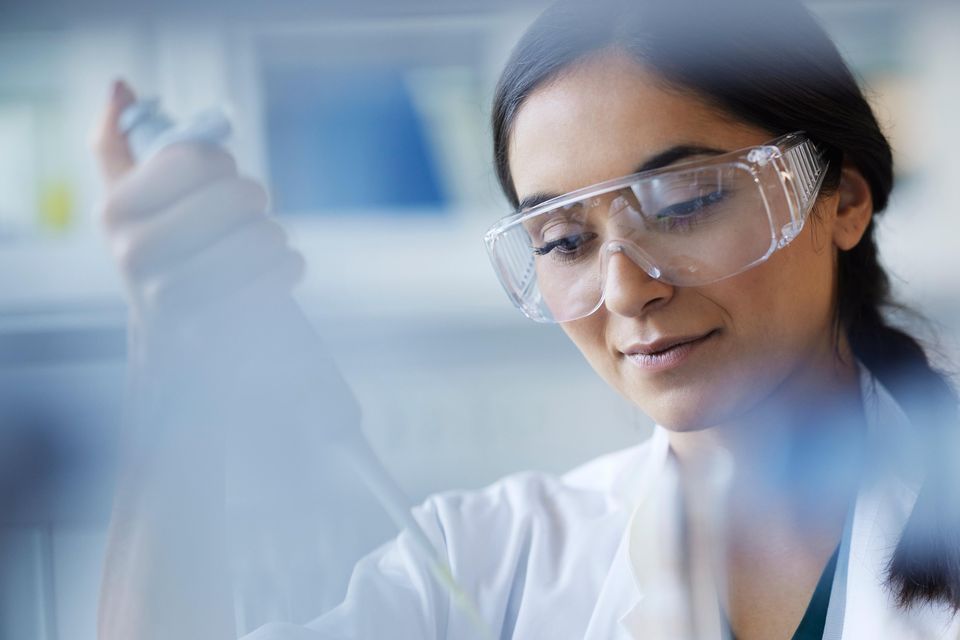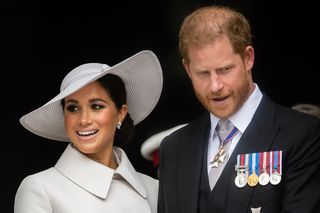Tiny living ‘bio-robots’ developed to crawl into our bodies to potentially mend broken spines, clear arteries or rewire neurons
The unique wiggling action of the superbots stimulated damaged nerve cells, and triggered them to heal. Stock image/Getty
Tiny bio-robots that could crawl inside the body to mend a broken spine, clear the arteries or rewire lost neurons in Alzheimer’s patients have been developed by scientists.
The “anthrobots” have been made from human windpipe cells which contain tiny hair-like projections called cilia, the role of which is to bat away inhaled particles before they can damage the lungs.
Scientists discovered that when these windpipe cells are grown in the lab, they naturally self-assemble into large round structures − dubbed superbots − and use their cilia like oars to move around.
In a major breakthrough, the team found that the unique wiggling action of the superbots stimulated damaged nerve cells, and triggered them to heal.
Michael Levin, professor of Biology at Tufts University and a member of Harvard’s Wyss Institute, said: “It is fascinating and completely unexpected that normal patient tracheal cells, without modifying their DNA, can move on their own and encourage neuron growth across a region of damage."
Read more
Each anthrobot starts out as a single cell, derived from an adult donor. Earlier studies by others had shown that when such cells are grown in the lab, they spontaneously form tiny multicellular spheres called organoids.
The researchers developed growth conditions that encouraged the cilia to face outward on organoids.
Within a few days, they had self-assembled into multicellular superbots, ranging in size from the width of a human hair to the point of a sharpened pencil, and had started moving around, driven by the cilia acting like oars or fins.
Their motion was also found to stimulate repair mechanisms in nerve cells.
Scientists are puzzled as to how the anthrobots encourage cells to repair, but believe the process could be useful for repairing spinal cord or retinal nerve damage, or even helping brain cells communicate again in dementia.
They could also help chase down and destroy cancer cells in the gut, release drugs or aid regeneration in parts of the body damaged by injury or disease and they might be deployed for clearing arteries of atherosclerotic plaques.
Gizem Gumuskaya, a doctoral student at Tufts who created the bots, said: “It’s fully scalable − we can produce swarms of these bots in parallel, which is a good start for developing a therapeutic tool.”
Making the bots from human cells means they could be constructed from a patient’s own tissue, ruling out the risk of triggering an immune response or requiring immunosuppressants.
The bots would also naturally biodegrade in the body and be reabsorbed.
Likewise, they do not reproduce and have no genetic edits.
Turning the anthrobots into a therapy is still a long way off, but scientists are keen to begin testing the tiny bio-robots on lab models and animals.
The research was published in the journal Advanced Science.



.jpg)









.jpg)

